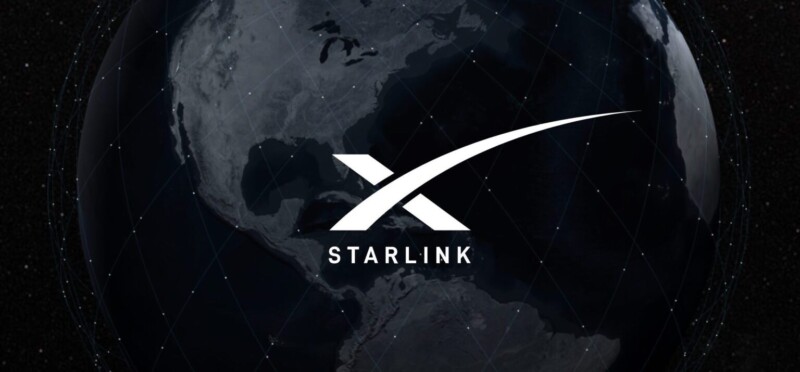

The U.S. Navy is on the verge of a significant technological upgrade, poised to incorporate SpaceX’s Starlink satellite technology into its communication systems across the fleet and shore installations. This development marks a departure from the Navy’s reliance on the Department of Defense’s aging geostationary satellites, which have provided limited connectivity for decades. The introduction of low-Earth orbit satellites like those from Starlink and OneWeb represents a major leap forward in both speed and reliability for naval communications.
The shift to low-Earth orbit satellites addresses long-standing challenges faced by the Navy, particularly during extended deployments when ships are cut off from traditional land-based communication systems. The need for better connectivity became more pressing during the COVID-19 pandemic, as port visits were restricted and crews found themselves isolated from the outside world. The new system aims to bridge that gap by providing high-speed internet access even in remote locations at sea.
Central to this upgrade is the Sailor Edge Afloat and Ashore (SEA2) program, which has been rapidly implemented to modernize the Navy’s communication infrastructure. Utilizing Starlink and OneWeb technologies, SEA2 significantly enhances data transmission speeds, offering up to 1Gbps—a dramatic improvement over previous capabilities. This advancement not only boosts operational efficiency but also improves the quality of life for sailors by enabling better communication with family and access to entertainment during long deployments.
The implementation of SEA2 has been achieved at an unprecedented pace, setting a new standard for the rapid deployment of advanced technologies within the military. The program has successfully passed rigorous cybersecurity certifications, ensuring that the new communication systems meet the stringent security requirements necessary for military operations. This certification process, which typically takes years, was completed in just a few months, highlighting the urgency and importance of the upgrade.
The Navy has already begun installing the new systems on its ships, including aircraft carriers like the USS Abraham Lincoln and USS Gerald R. Ford. These vessels are now equipped with the latest satellite internet capabilities, enabling both tactical operations and non-military uses, such as streaming live events for the crew. The widespread adoption of SEA2 across the fleet is expected in the near future, as the Navy continues to expand its digital capabilities.











